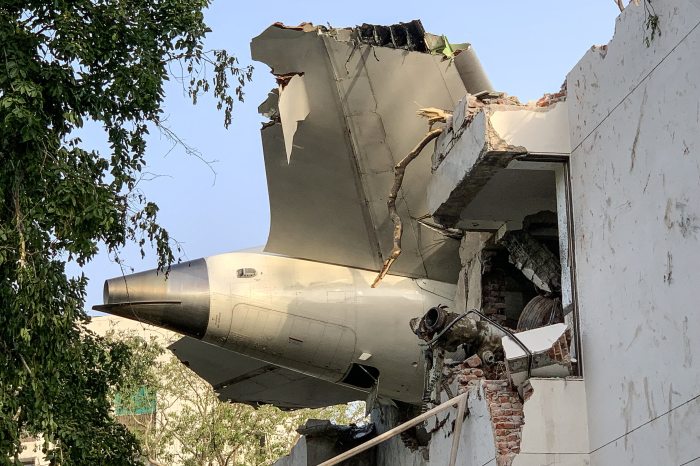A month after the Air India plane crash in Ahmedabad that killed at least 270 people, a preliminary report into the worst aviation accident in India in decades showed the engines’ fuel switches shifted from ‘RUN’ to ‘CUTOFF’ within seconds of each other after take-off. The 15-page report was published early Saturday by the Aircraft Accident Investigation Bureau (AAIB), which is probing the crash.
“Why did you cut off?” one of the pilots was heard asking the other in the cockpit voice recording. The other pilot responded that he did not do so.
The CUTOFF transition, which turned off the fuel supply to the plane, could be the key piece in a complicated puzzle of what happened on the on June 12.
Moments later, switches of both engines of the London-bound plane were transitioned from CUTOFF to RUN, indicating the pilots tried to salvage the situation, as per data from Enhanced Airborne Flight Recorders (EAFR). The 787 Dreamliner and other commercial planes have more than enough power to complete a takeoff on a single engine, and pilots are well-prepared for that event.
“When fuel control switches are moved from CUTOFF to RUN while the aircraft is in flight, each engine’s full authority dual engine control (FADEC) automatically manages a relight and thrust recovery sequence of ignition and fuel introduction,” said the report. (Key Takeaways From The Report here)
The EAFR recording, however, stopped seconds later. Soon after, one of the pilots transmitted a MAYDAY alert. The Air Traffic Control enquired about the call sign. It did not get any response, but it then saw the aircraft crashing outside the airport boundary.
The aircraft, fully loaded with fuel, quickly lost altitude and slammed into a hostel for medical students, where it exploded, killing all but one of the 242 individuals on board and around 30 people on the ground. It was airborne for only 32 seconds.
The aircraft was piloted by Captain Sumeet Sabharwal, a Line Training Captain with 8,200 hours of flying experience, assisted by First Officer Clive Kundar, who had logged 1,100 flying hours. The report said both pilots were medically fit and rested, with adequate experience.



